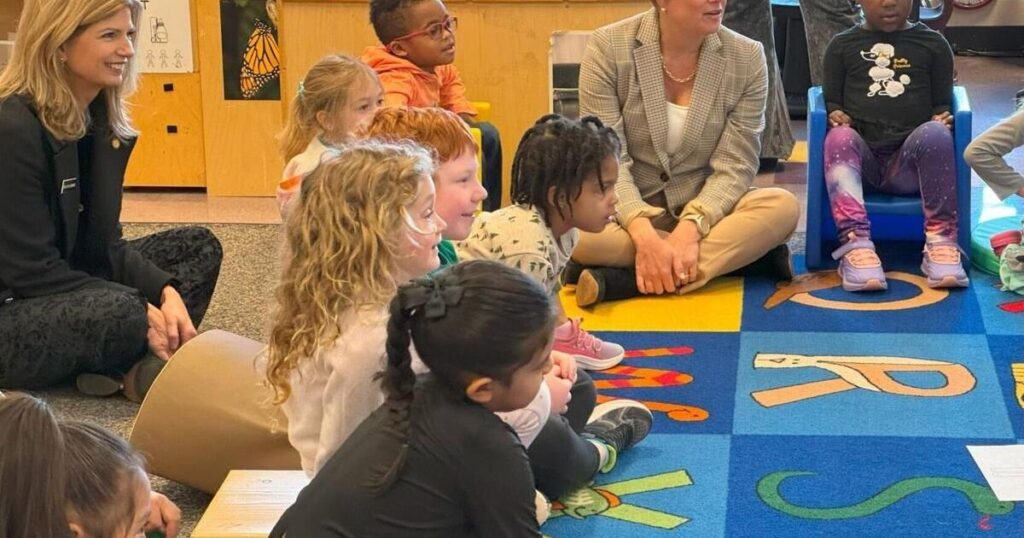(The Center Square) – A toolkit developed by North Carolina education officials will help school districts figure out which learning recovery programs have the best return on investment as federal COVID-19 relief funds dry up later this year. Helpful to analyze.
Approximately $6 billion in federal learning recovery funds was received, approximately 90% of which went to districts and schools. Applications range from tutoring programs to technology purchases to heating and cooling.
“These are not long-term funds,” Deputy Superintendent Michael Maher told the House Select Committee on Education Reform on Monday. “Now we are entering post-coronavirus and funding is drying up.”
Schools have until September to spend any remaining federal relief funds. State education officials are urging students to start planning now for how to maintain learning recovery programs that will best benefit students.
The department will help district leaders leverage data on spending and student outcomes to assess which programs are most cost-effective and provide recommendations to ensure funding to continue. , developed the ESSER Funding Cliff Toolkit. ESSER stands for Elementary and Secondary School Emergency Relief Fund.
“We look at this as a way to help them make evidence-based decisions,” Maher said. “There are a variety of interventions in place, and we are trying to determine which ones had the greatest impact on students' learning recovery.”
Officials with the Department of Education's Office of Learning Recovery and Acceleration held community meetings with school district leaders to explain the toolkit and how it can help them before facing the funding cliff. Important considerations are discussed. He said other meetings will include presentations to state superintendents and school boards, but the state goes through the same process to evaluate programs across the state.
“We've had a number of tough conversations with the district regarding our 2024 plan, which is now out of funding,” Maher said.
The kit evaluates six factors: federal allocations, teacher salary increases, staffing level increases, changes in per pupil funding levels, unrestricted fund balances, and unused COVID-19 relief funds. It also helps estimate the size of the fiscal cliff facing school districts.
Maher said some districts are “using funds for recurring expenses” that may not be covered beyond September.
State education officials are promoting the concept of zero-based budgeting and incorporating federal funds, and budgeting templates and instructional documents are included in the kit.
Maher said that while federal coronavirus relief funds will have a big impact on some school districts, there are a number of federal programs that allow schools to draw money from multiple sources to make up for some of their losses. Stated.
“We have seven different funding sources available to us as a district when it comes to tutoring programs,” he said. “We’ve really been pushing this idea of duplicating funding.”


